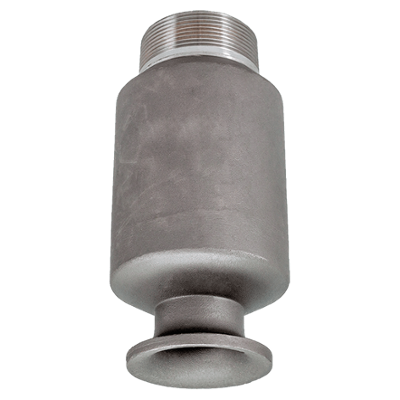In 2016, the International Maritime Organization’s (IMO) Marine Environment Protection Committee agreed to reduce the global sulfur emissions limit to 0.5 percent in 2020.
When heavy fossil fuels are used in combustion processes to run ship engines and boilers, they release SO2 or SO3 as part of the exhaust gas. These sulfur oxides react easily with other elements to form harmful compounds such as sulfuric acid that can negatively affect human health and the environment. Due to these potential effects, control of this compound in marine flue gases is essential to stay in compliance with the new International Maritime Organization’s (IMO) SOx emission regulations.
There are different reliable “wet” scrubber systems to control these emissions: open-type, closed, or hybrid systems. The open-type system uses seawater for scrubbing marine engine exhaust gas. In contrast, the closed-loop system uses freshwater that has been treated with an alkaline chemical for neutralization and scrubbing. The scrubber spray nozzles can effectively and reliably distribute these waters into exhaust cleaning vessels. By creating uniform patterns of properly sized droplets, these nozzles can effectively create the surface area needed for proper absorption while minimizing the entrainment of the scrubbing water into the flue gas.
Common Uses & Industries
- Removal of sulfur oxides from the ship exhaust gases of diesel engines using seawater or freshwater
- Pollution Control Industry
________________________________________________________________________________________________________________________
Important Factors to Consider When Selecting a Marine Scrubbing Spray Nozzle:
Required droplet size:- The correct droplet size is essential to ensuring proper absorption rates
Nozzle material:
- As the flue gas is often corrosive and the scrubbing fluid is highly alkaline, selecting the appropriate corrosion and wear-resistant material is important
Nozzle spray pattern and placement:
- To ensure proper absorption, complete coverage of the gas stream with no bypass and sufficient residence time is important
Nozzle connection size and type
Required scrubbing fluid flow rates
Available pressure drop (∆P) across the nozzle:
- Available pressure drop (∆P) across the nozzle





